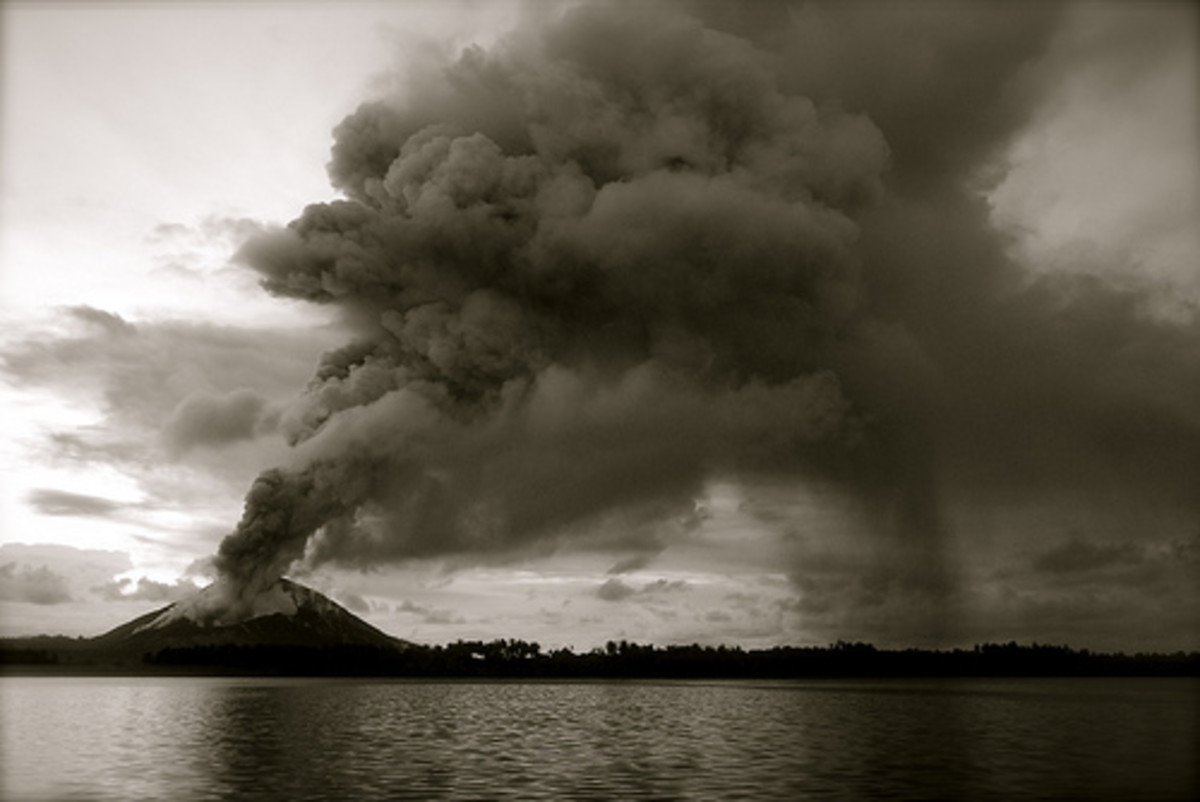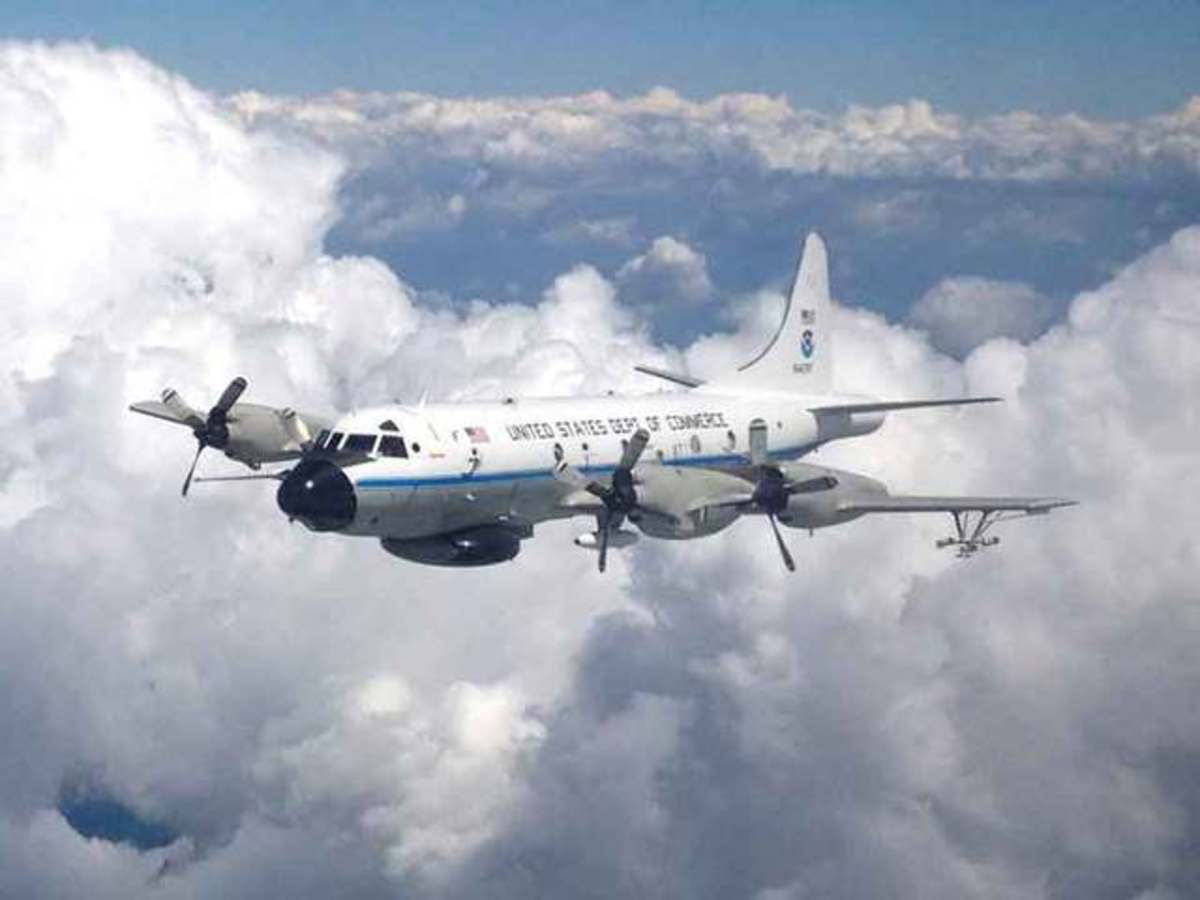Pororoca - The Most Dangerous Wave
Twice a year an amazing effect takes place between the months of February and March in the Amazonas river, Brasil, known as the Pororoca.
The action of the powerful Atlantic Ocean tide surges into the river for several kilometers, making it one of the longest tidal bores in the world.
The wave can be heard about 30 minutes before its arrival (like the rumble of an oncoming train), and it's so powerful that it can destroy anything.
For hundreds of years the natives have called it "pororó-ká" which in the local Tupi-Guarani language means “great destructive roar”.
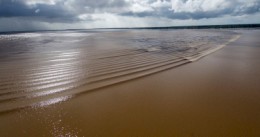
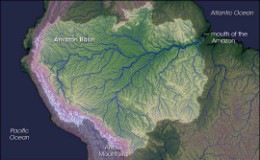
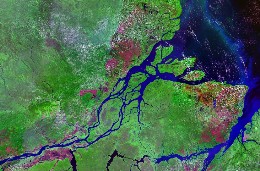
Dynamics Of The Pororoca
The Earth's tides are caused by the gravitational attraction of both the sun and moon on the Earth's waters. High spring tides occur whenever the Earth, moon, and sun line up and reinforce each other. These tides fall after both the new and full moon.
Tidal bores are natural phenomena provoked by the pressure of the ocean’s rising tide intersecting with the mouth of a river. When a watercourse is forced to cope with a rapid rise in sea level, it can lead to a big confrontation. This phenomenon culminates in a complete reversal of the direction of the flow. As this flow is reversed, it forms a powerful and penetrating wave that plows upstream.
In the open ocean a tide wave is symmetrical. As it encounters shallow water near shore, the crest travels at a greater speed than the base, causing the wave to steepen. Once the crest overtakes the trough, the peak sharpens. A discernible head wave is formed and a bore is born.
The Pororoca is caused by the tides of the Atlantic Ocean wich meet the mouth of the Amazonas river. This originates when the growing tide of Atlantic meets with the descending current of the Amazonas.
The collision of these two enormous masses of water produces a wave, whose energy reverse the direction of the flow. The dynamics is similar to the crash between two tectonic plates that produce an earthquak.
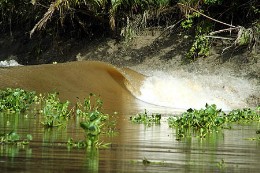
Characteristic Of The Pororoca
The great noise is caused by the strong opposition between the marine flow and the fluvial flow in inverse direction. The flow rate of the Amazona river is 100.000 cubic meters per second.
The brown color of the water is due to the flow drags stones, mud and sediments of the bottom of the river.
The tidal bore starts with a roar, constantly increasing, and advances at the rate of from 15–25 km/h, with a breaking wall of water from 1.5–4.0 metres high. Travel as much as 13 kilometers inland upstream.
Consequences Of The Pororoca
The wave is very powerful and can destroy anything. It makes a thunderous sound that causes animals to flee, and creates an uncontrolled jumble of coastal birds that instinctively escape from their perches near the bed of the huge river.
The power of this natural phenomenon can be seen in the way it significantly eats away at the river’s edges, devastating trees, local houses, islands, rocks, and virtually anything in its path.It also has positive effects, since due to the mixture of the river with the ocean, the fishing in the riversides is abundant, with sea and river species.
- Tsunami-Like River Tides Are Surfing's New Frontier
The river phenomena known as tide waves have given rise to a new extreme sport: tidal-bore surfing.
Surfing The Pororoca
The wave has become popular with surfers. However, surfing the Pororoca is especially dangerous, as the water contains a significant amount of debris (often, entire trees), and sweeps up wild animals, like snakes (the anaconda) alligators, spiders, piranha, and even jaguar.
Add to those risks the Candiru, a small parasitic fish that can swim up a person's urethra, dig in its spines, and feast on its host's blood. The invader can only be removed by surgery.
Still, the bores remain an irresistible temptation for dozens of surfers. Since 1999, an annual championship has been held in São Domingos do Capim.
While the waves are often smaller than those known to ocean surfers, they can ride waves far longer than their ocean counterparts, who are lucky to get a full minute of wave-riding time.
Surfers have managed to ride these Amazonian waves for more than 15 minutes.
The current record is held by Brazilian Picuruta Salazar, who in 2003 managed to ride the wave for 37 minutes and travel 12.5 kilometers.


